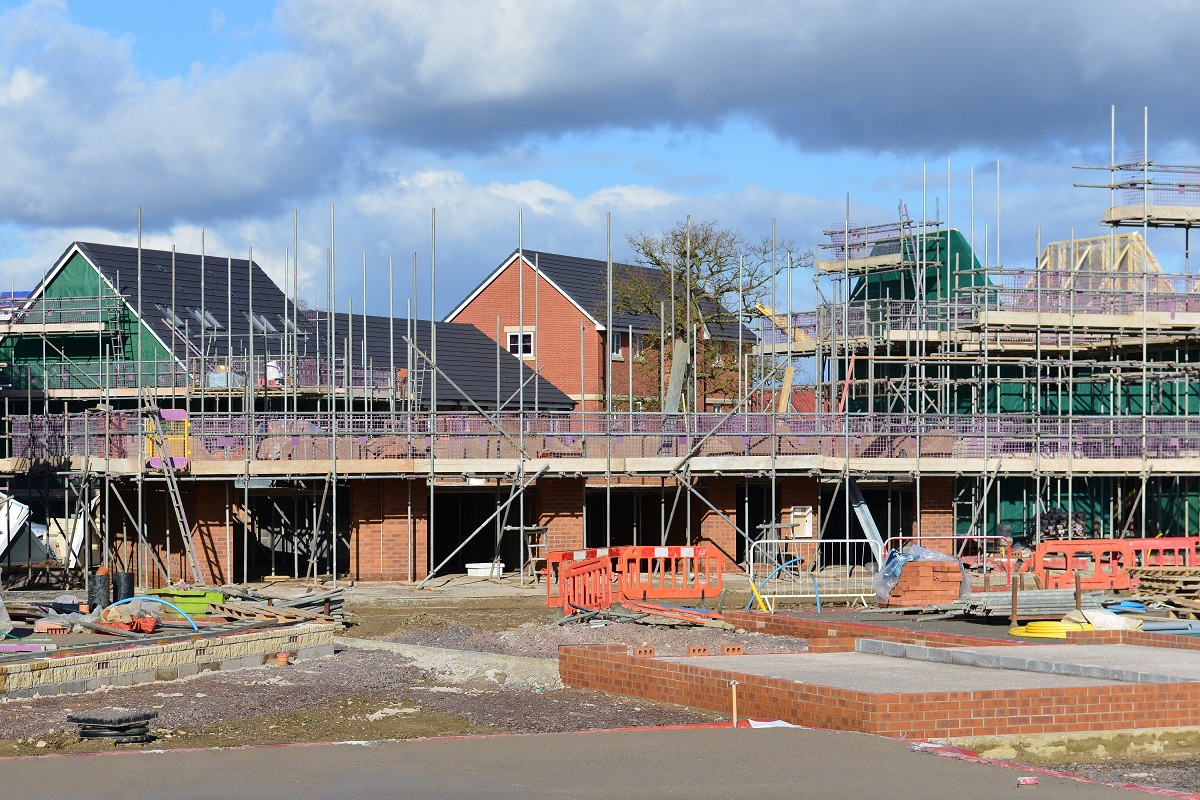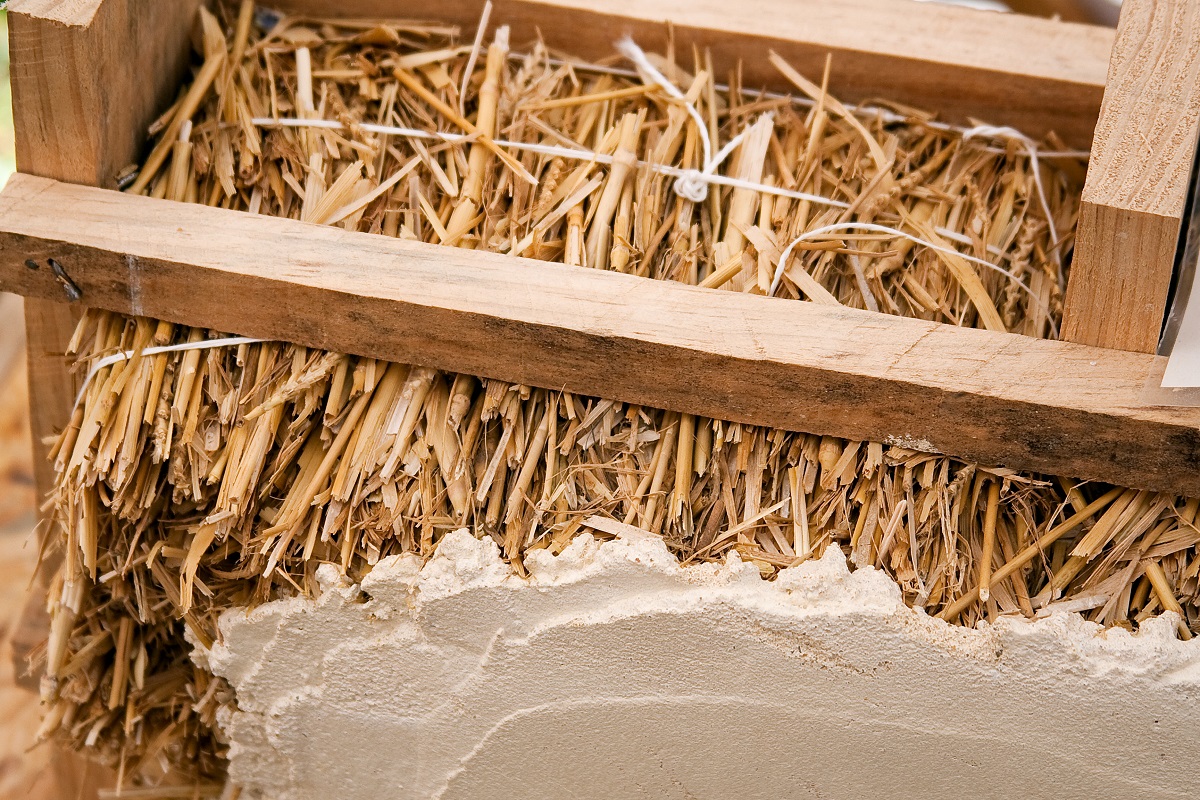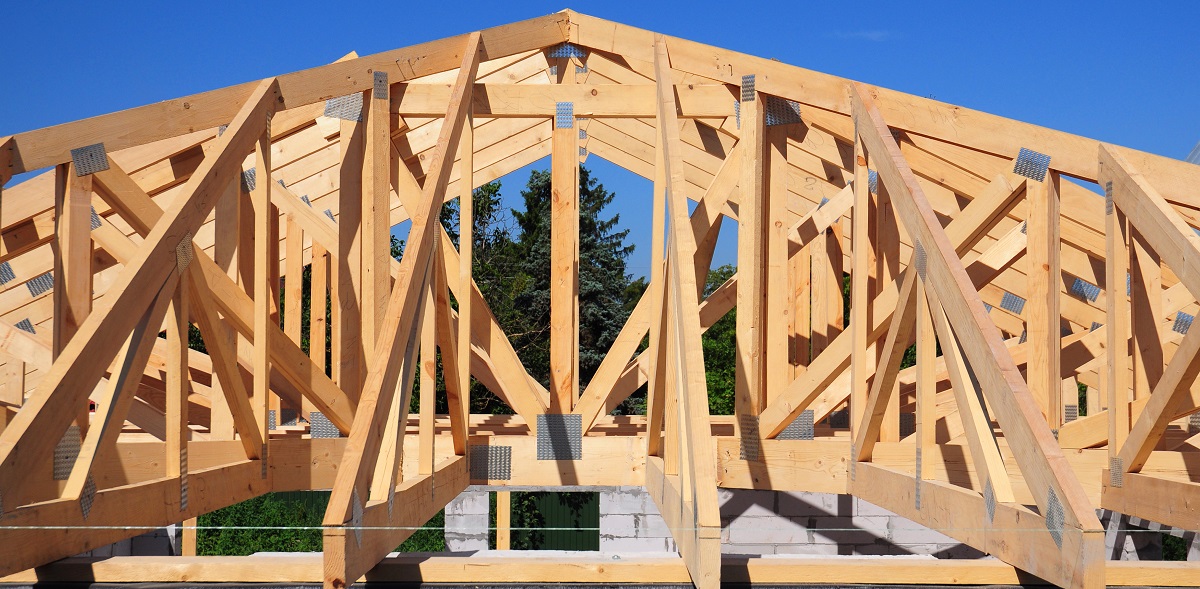
In recent years, traditional building materials have seen their prices become volatile, and there have been shortages which have slowed down projects and even caused some of them to grind to a halt. On top of these challenges, and with more people looking for greener and more sustainable building materials, many firms and construction workers are looking at alternative building materials.
Whilst you will always need materials like polythene sheeting and other temporary protection solutions, there are a variety of alternative building materials around today, and this guide takes a look at some of the materials that are increasingly being used.
Alternative building materials and technologies
- Food waste
- Straw
- Wool
- Recycled steel
- Cork
- Ferrock
- Recycled or sustainable wood
Food waste
As the population in the UK and the rest of the world continues to rise, food waste also rises. However, some food waste is now being used in building materials.
Arup says food waste has many uses in the construction industry: “Cities could tackle the global problem of rising levels of waste and depleted resources by using organic waste, such as bananas, potatoes and maize as building materials.”
With 3D printing of bio-polymers becoming increasingly widespread, Arup says there are lots of food waste that can be used, and below are some examples.
- Banana: banana fruit and leaves are being used to make rugged textiles.
- Potato: the peel from potatoes can be cleaned, pressed and dried to create a fire-resistant, water-repellent, insulating material and acoustic absorber.
- Rice: rice husk can be mixed with cement so that fillers do not need to be used as much. It can also be used for producing boards.
- Peanuts: the shells of peanuts are more commonly being used to produce low-cost materials, such as partition boards that are resistant to moisture and flame retardant.
ALSO READ: Welfare facilities construction sites should have
Straw

Straw bales are becoming a popular alternative home-building material, but it is not a new material that has just come on the scene. Straw bale buildings or cob buildings, which are a mix of subsoil, water, and longer straw, have been around since the late 1800s.
A machine is used to compress straw into dense bales that can be used for walls by construction workers. Cob or straw bales are slowly returning to the construction industry as buildings made from this environmentally friendly material regularly last more than 100 years.
Straw or cob is easy to use, and due to its texture, it gives builders the freedom to create any shape they want, and it creates natural insulation and is very energy efficient. That’s why straw bales are now more commonly used in walls, attics and ceilings.
Wool
Sheep’s wool is a natural and sustainable material, and although it is best known as a material that is used to make blankets and clothing items, it is used as an alternative building material.
Wool is now used for insulating a home as its fibres are able to firm millions of tiny air pockets that can trap air. As a result, the material is used in attics, ceilings, and walls to keep heat in and the cold out.
Wool is regarded as one of the best alternative sustainable building materials that people can use as it is an energy-saving material and is easy to source.
ALSO READ: Hard hat colour codes: What do hard hat colours mean?
Recycled steel

Steel is one of the most recycled materials in the world, along with plastic, paper, glass and aluminium, but recycled steel is a popular material to use during the building process.
One of the benefits of steel is that it doesn’t lose its properties when it is recycled, and this means that it will remain strong and durable, making it a popular material to use in the building process.
Recycled steel can also help you make a massive saving in energy costs, and it is getting more commonly used for window frames, beams, columns, and other structural pieces.
Cork
The bark of a Cork Oak Tree is what cork is made from, and whilst it is most well-known for being used on bottles of wine, it is becoming an increasingly popular alternative building material.
It is one of the highly renewable and eco-friendly resources that construction workers and designers are using more often. It can be used to build ceilings, acoustic walls, and flooring.
The fact that cork is resistant to moisture and liquid, as well as being able to absorb vibration, there are many uses for this material in homes and other structures.
ALSO READ: Construction safety signs and their meaning
Ferrock
This is an environmentally friendly version of cement as it is made up of over 90% recycled materials. This substitute for concrete includes materials such as recycled steel dust and silica from recycled glass.
Once it has been mixed with water, it is also believed to be up to five times stronger than concrete as well as being more flexible, quicker to set and resistant to oxidation and corrosion.
There is one slight con with the product as it does have limited availability because it relies on byproducts from other industries.
Recycled or sustainable wood

Wood is one of the most used building materials as it is easy to use and can be used for several jobs. Recycled wood has become a more common building material that has been used in recent years, and it has a much lower impact on the environment compared to new timber that is still commonly used on building sites across the country.
If you are buying new timber for a construction project, you can still buy sustainably by purchasing the wood from a sustainably managed forest.
Forestry England is the largest supplier of certified sustainable timber in England, and many construction firms are looking to use sustainable suppliers such as this.
ALSO READ: What is the best way to protect wooden floors?
Using alternative building materials is becoming more commonplace as people look to use more sustainable products on construction sites. If you want to make a construction site more sustainable, browse our temporary protection products here at Proguard as it is our mission to provide sustainable protection solutions.
For more tips, guides, and advice, visit our news page.






